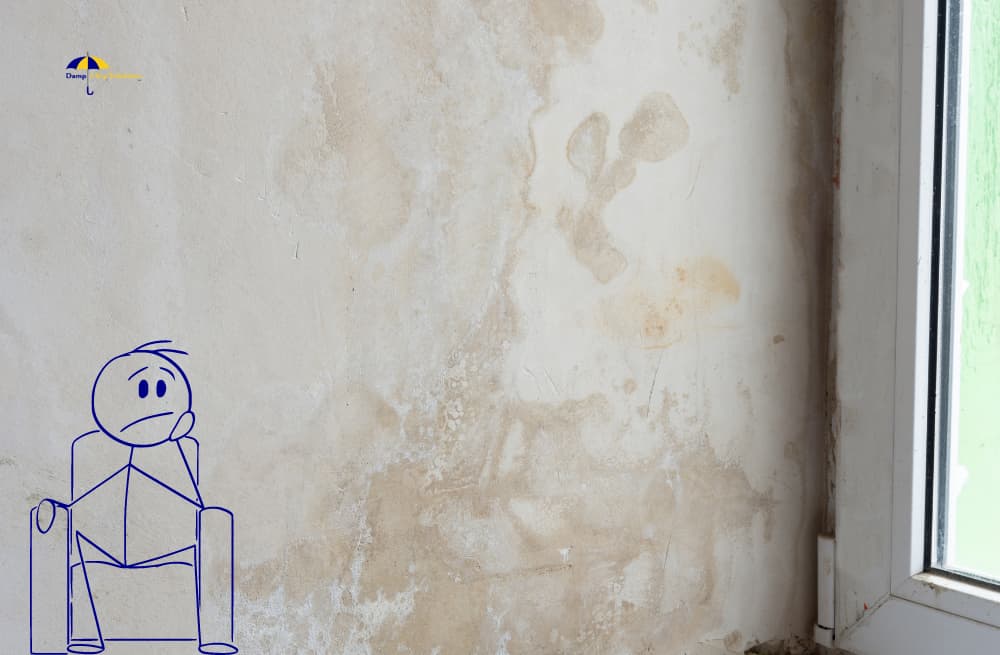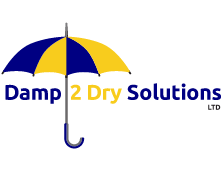What is the Difference Between Rising Damp and Penetrating Damp?
Dampness in buildings is a perennial concern that can lead to structural degradation, health hazards, and aesthetic deterioration. Among the various types of damp issues, rising damp and penetrating damp stand out as two distinct culprits.
In this analysis, we delve into the technical nuances of rising damp and penetrating damp, highlighting their differences in causes, mechanisms, and mitigation strategies.
What is Rising Damp?

Rising damp refers to the upward movement of moisture from the ground into the walls of a building. It is a result of capillary action within porous building materials, such as bricks and mortar. The primary cause of rising damp is the absence or failure of a damp-proof course (DPC), a physical barrier inserted into the walls during construction to prevent moisture migration.
Causes of Rising Damp
When a DPC is missing or compromised, moisture from the ground is drawn upward by capillary forces. This phenomenon occurs due to the cohesive and adhesive properties of water molecules, allowing them to move against gravity through narrow gaps in the building materials. As the water evaporates from the wall surface, it leaves behind soluble salts, resulting in unsightly white patches known as efflorescence.
How is rising damp treated?
Mitigation of rising damp involves the installation of an effective DPC. Modern DPCs are often made from materials like polyethylene and offer reliable protection against moisture ingress. Additionally, damaged plaster and contaminated wall materials should be replaced, and proper ventilation must be ensured to expedite drying.
What is Penetrating Damp?

Penetrating damp, on the other hand, occurs when water infiltrates through external walls due to issues like faulty rainwater drainage, leaking roofs, or porous masonry. Unlike rising damp, penetrating damp affects higher parts of the building and is not confined to ground-level areas. The driving force behind penetrating damp is typically external weather conditions, such as heavy rainfall or strong winds.
Causes of Penetrating Damp
The mechanism of penetrating damp is governed by the principles of gravity and hydrostatic pressure. Water seeps into the walls horizontally, following the path of least resistance. Once inside, it spreads across building materials and can cause decay, mould growth, and structural damage.
How do you cure Penetrating Damp?
Addressing penetrating damp involves identifying and rectifying the underlying sources of moisture. This may involve repairing damaged roofs, improving gutter systems, and ensuring proper sealing of external walls. In severe cases, where porous masonry exacerbates the issue, applying a breathable water repellent coating can help prevent further water ingress while allowing trapped moisture to escape.
Rising Damp vs Penetrating Damp – Comparative Analysis
So what is basic difference between rising damp and penetrating damp? Rising damp occurs due to moisture moving upwards from the ground through capillary action, often caused by a compromised damp-proof course. Penetrating damp results from water infiltrating through external walls due to issues like faulty drainage or porous masonry, impacting higher parts of the building. Let’s find out these in detail.
Causes and Mechanisms
The key distinction between rising damp and penetrating damp lies in their causes and mechanisms. Rising damp results from the absence of an effective DPC, allowing moisture to move upwards through capillary action.
Penetrating damp, on the other hand, originates from external factors like poor drainage and faulty roofing, with water infiltrating through walls horizontally due to gravity and hydrostatic pressure.
Scope
Rising damp generally affects ground-level areas, while penetrating damp affects higher parts of the building. Rising damp is commonly associated with basements and lower walls, while penetrating damp can manifest anywhere on the building envelope.
Mitigation
Mitigating rising damp requires installing a functional DPC and addressing damaged wall materials. Penetrating damp mitigation involves fixing external issues that allow water infiltration, such as repairing roofs and improving drainage systems.
Aesthetic Impact
Rising damp often leads to visible signs like tide marks and efflorescence at the base of walls. Penetrating damp can cause internal damp patches, peeling paint, and mould growth, affecting a broader surface area.
About Us
Damp2Dry Solutions conducts comprehensive damp surveys for residential and commercial properties in the region.
With over 30 years of experience in damp treatment, Damp2Dry Solutions provides a 20-year guarantee for all our work. Our specialized surveys identify damp type, source, and scale, allowing us to apply the most suitable treatment. We focus on thorough damp elimination and prevention.
Our service area includes Manchester, Liverpool & Merseyside, Stoke-on-Trent, and South Yorkshire. Our Cheshire-based office supports these regions. An impressive 98% of our customers highly recommend us for damp-proofing expertise. For trusted damp removal and prevention, contact the Damp2Dry Solutions Damp Proofing team today.




